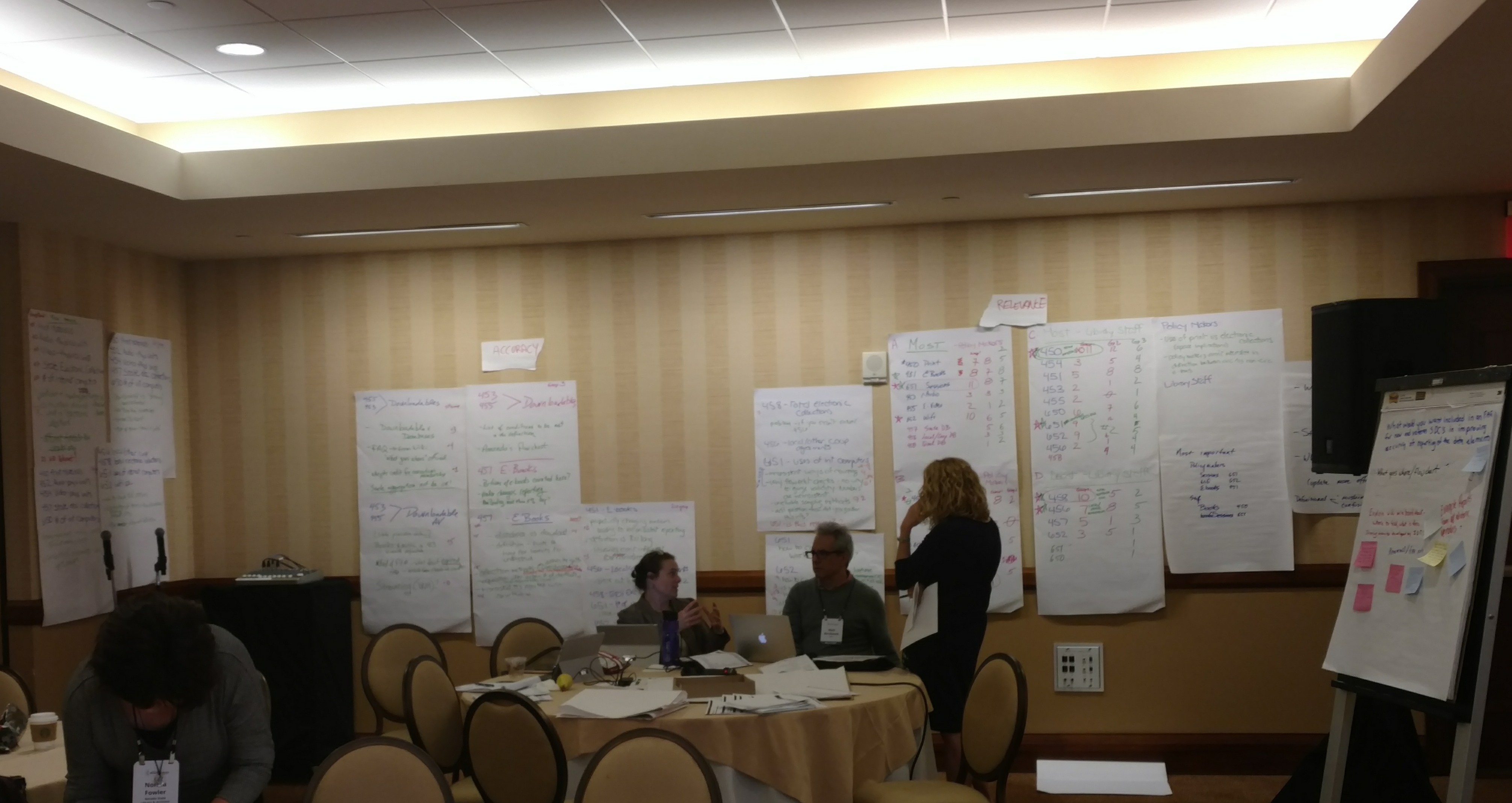If you’ve had the “pleasure” of filling out the Public Library Annual Report on behalf of your library, you know it can feel like every question that could ever be asked about your library, short of carpet colors, is included. Weighing in at around 800 questions, it’s easy to assume that questions are added indiscriminately; easy, but wrong.
Turns out, those questions have been argued about, agonized over and analyzed down to the syllable. Discussions of semantics and statistics are at the heart of the Institute of Museum and Library Services (IMLS) Annual Meeting of State Data Coordinators (SDCs). For three days, SDCs from each state and American territory are invited to discuss the process and methodology behind the Annual Report in an attempt to maximize the value of the survey.
This year’s meeting of minds took place December 5th – 7th in sunny Phoenix – except it wasn’t all that sunny. The home-state SDC was more than happy to let the visitors know that the streak of 100-plus rain-free days ended with our arrival. After kicking off with a morning session aimed exclusively at SDCs hired within the last year, the meeting began in earnest with the afternoon arrival of the remaining SDCs. Introductions made and pens and laptops at the ready, the group settled in to listen to updates about the survey collection tool and forthcoming data element reviews.
And what reviews they were. From the 8 a.m. working breakfast straight through until 5 p.m. quitting time, breakout groups discussed problematic data elements. “Is it accurate? Is it relevant?” became our mantra. We threw back the coffee. What was unique about the data each question generated? Was it clearly understood? Was there more coffee? Did this question generate information used by librarians and stakeholders? Is there seriously only decaf left right now? Were we collecting what we thought we were? How is decaf supposed to help us get through this? When the dust cleared, we were left with mountains of compiled notes and a plan of attack for those who would ultimately decide which elements remained, which were eliminated and which needed tweaked.
Because our libraries are evolving, our survey needs to evolve to reflect the changing services. The SDC meeting is a direct response to the challenge. Those 800 questions aren’t as static as they first appear, we promise. Might I suggest coffee to help you get through it?
This blog post was written by Angela Fox, LSTA and federal projects consultant, Indiana State Library. For more information, contact the Library Development Office at (800) 451-6028, or via email.





